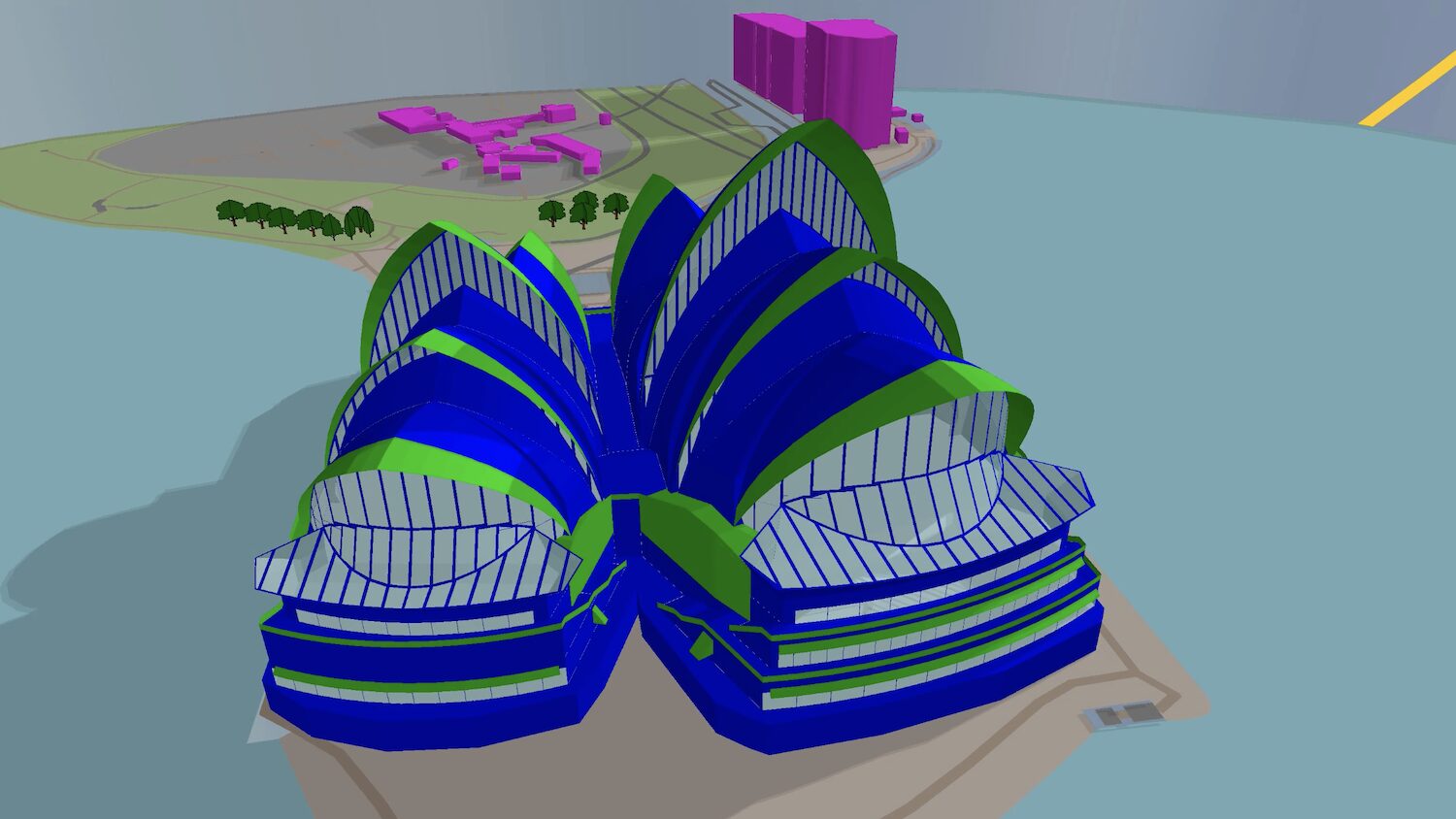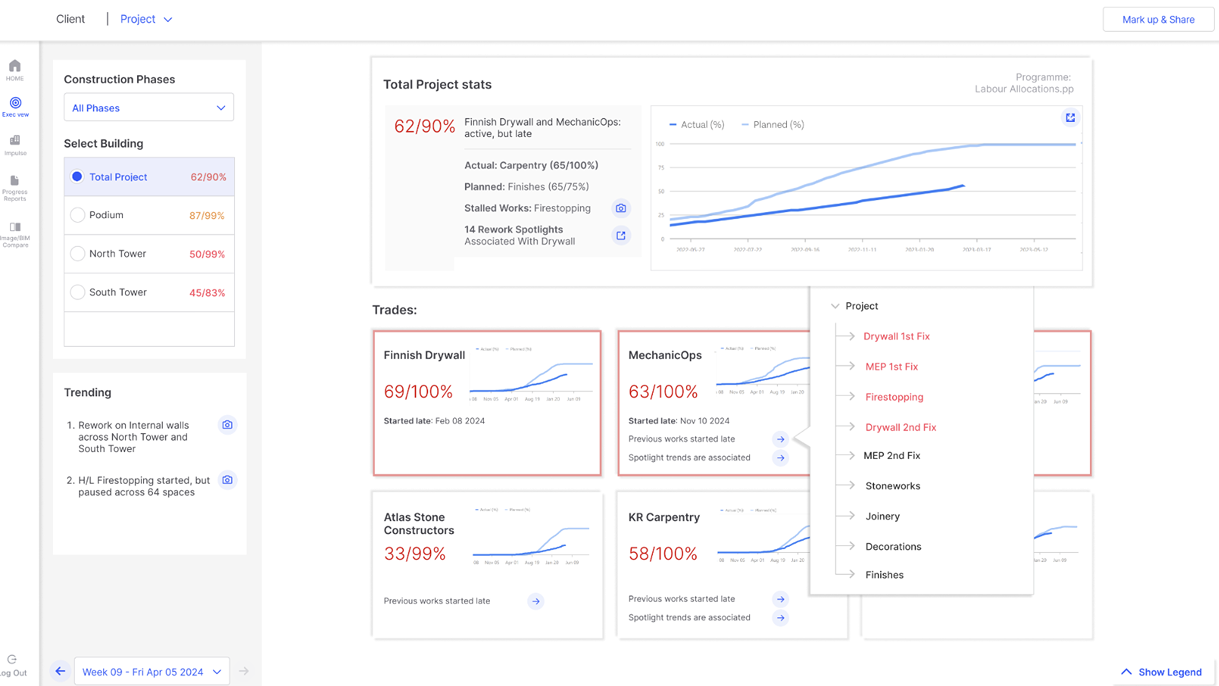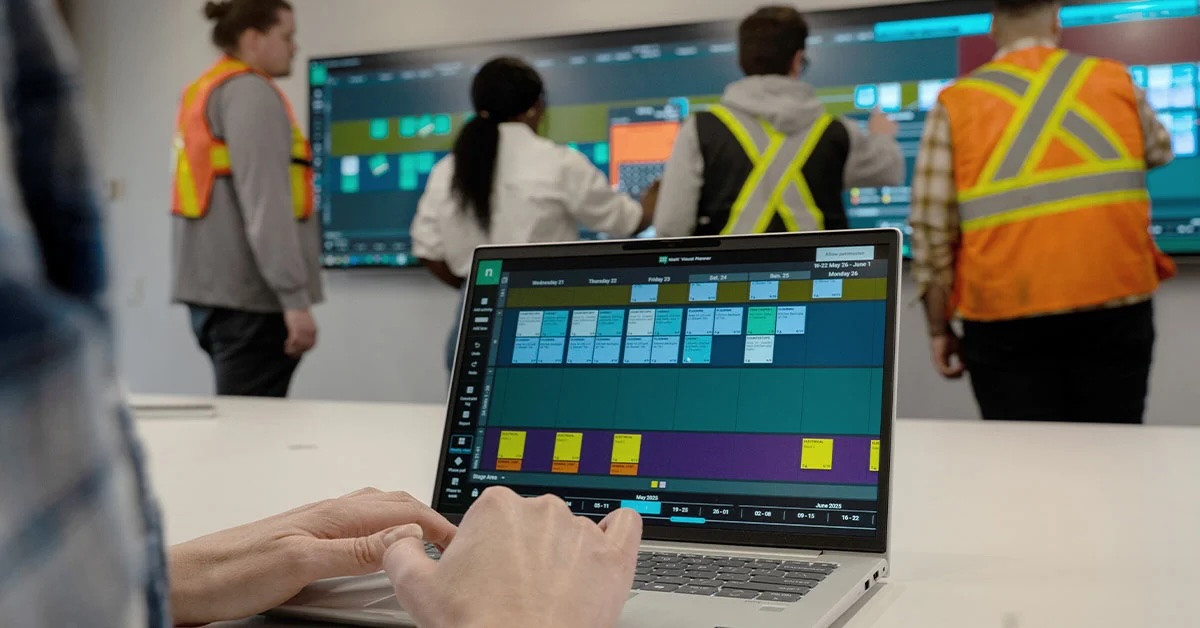
Arup adopts energy modelling plug-in
Arup has adopted the new Pollination Revit-to-IESVE plug-in from IES with the aim of reducing energy modelling time by up to 40%.

The plug-in enables users of the IES Virtual Environment to import Revit or Rhino building models effortlessly by writing the design directly to IESVE’s native.gem file format. The full model, including elements such as slanted roofs, complex shading, and ceiling or floor plenums, arrives intact, allowing engineers to begin whole-building performance simulations immediately.
Arup introduced the plug-in soon after its launch and is already using it on projects worldwide. Importing models now takes only minutes, enabling earlier simulations and real-time design adjustments.
Before implementing Pollination, Arup’s modelling teams faced persistent interoperability problems when turning BIM files into analytical models. They had limited ability to interact with models during export, complex geometries were often oversimplified, and converting a single building could take days. Traditional workflows struggled with intricate shading devices, splitting architectural models into separate analysis models, retaining windows and doors, aligning surfaces and combining glazing panels.
Pollination resolves each of these issues, IES said, so the room-level data already stored in a BIM model is available immediately. IES now distributes and supports the plug-in through a partnership with Ladybug Tools, Pollination’s creator.
Reliable interoperability
Levent Kocalioglu, senior consultant at Arup, said: “The Pollination Revit-to-IESVE plug-in enables modelling teams to speed up and to encourage high-performance building design from early stage through detailed design.
“This workflow offers our team more valuable time to analyse alternatives that we invest in fine-tuning the performance of our design considerations. From our recent projects, the workflow helps to reduce the modelling time significantly.
“The plug-in is one of the best tools for exporting analytical models from Revit. The tool offers lots of features for improving our modelling workflow and enables reliable interoperability between IESVE and Revit/Rhino.”
Niall Gibson, head of sales, EMEA region, at IES, added: “Building performance modelling is essential for credible net-zero strategies. Providing a straightforward link between design software and our Virtual Environment removes a major barrier to first-day analysis and supports faster, evidence-based decisions on energy use and carbon.
“Arup is at the forefront of global development, and its adoption of the Pollination plug-in is testament not only to the tool itself, but also the power of collaboration in whole-lifecycle performance modelling.”
Keep up to date with DC+: sign up for the midweek newsletter.



